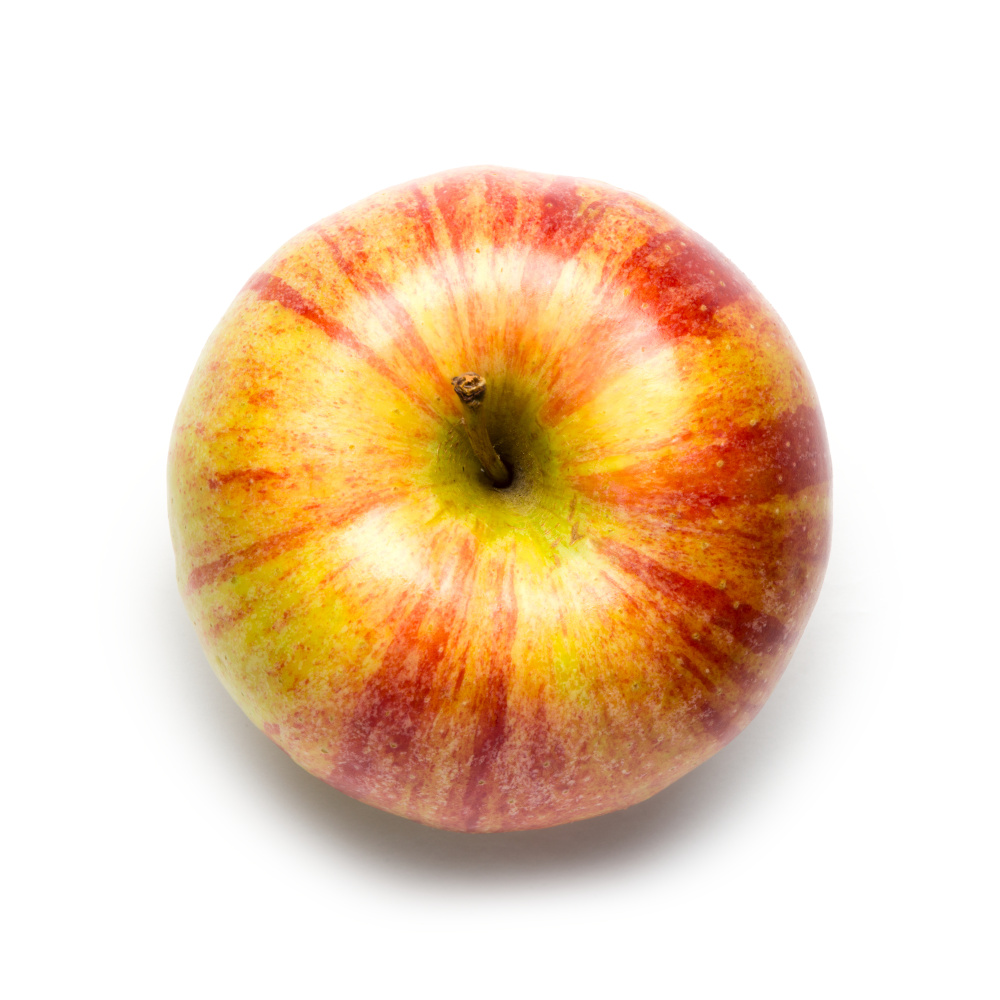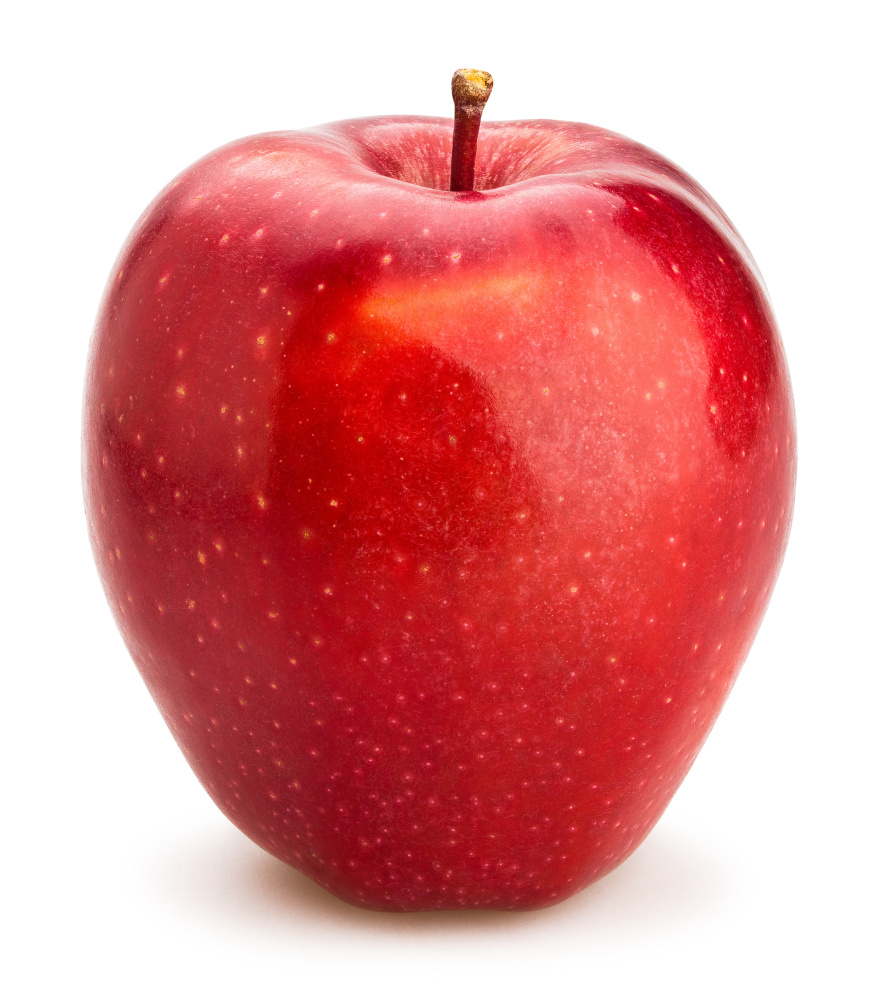EDITOR’S NOTE: For the next six or so weeks, we’ll be running a weekly column on apples. It may seem strange that such a simple, unassuming fruit gets its own column, writer Sean Turley admits, but we think you’ll find him persuasive.
Apples go into school lunch bags, get sold on counters at convenience stores, and enjoy a vague reputation as a means to improve health: “An apple a day keeps the doctor away.” Because of these common tropes, many people feel about apples what they feel about elevator music: They are functional, boring and relatively tasteless.
Heirloom apples, though, are another matter. They are beguiling subjects of intense adoration for many people because they have so much more to say. Each one offers insights into our region’s history, its values, its sense of community and the interplay between the landscape that surrounds us and the terroir of the food we consume. Oh, and they often taste great, too.
If you’ve read the Portland Press Herald during any of the last few apple seasons, you are probably aware of the resurgence of interest in apples, thanks to the hard work of many individuals who want Maine to reclaim its mantle as one of the country’s greatest apple markets. Their zealotry is well documented, from Palermo resident John Bunker’s decades-long campaign to find and identify historic apple varieties, to the work of the many volunteers who are planting the Maine Heritage Orchard in Unity and the cidermakers who are reviving a product that was, for the most part, lost for generations.
But for this column, I’ll start with the fruit itself and see what we can glean from it about Maine and its people. At the core of the column is a simple premise: every single apple tells a story. Some tell a story on a national scale; others reflect the small communities from which they came and the dedication of the people who have maintained them.
To give you an idea what I mean, let’s start with two iconic and very familiar apples: the Red Delicious and the Honeycrisp.
The most common apples in this country, like the omnipresent Red Delicious, tell us about the commodification and homogenization of food in the 20th century. They reveal how mass-produced food can result from a cultural and economic fixation with uniformity and efficiency. These apples became popular not for their unique flavors or textures but because they have long shelf lives, are easy to transport and provide a consistent taste across time. They illustrate what can happen when food production becomes industrial, thereby transforming a vegetable or (in this case) fruit that is seasonal and perishable into a bland, durable commodity.
The ever-popular Honeycrisp speaks to another national food trend. It is one of many apples engineered by university-affiliated pomologists across the country who strive to develop the “perfect apple” – one that can be sold year-round at grocery stores but still provide a sweet flavor and a satisfying crunch. To me, these apples represent our national obsession with seeking to perfect and “solve” nature through science. Admittedly, Honeycrisps are among the best variety you’re likely to find in the supermarket, but they are still devoid of any sense of place or history.

Apple enthusiast Sean Turley says finding heritage apples in Maine is easier than ever.
The apples that truly speak to Maine are the heirloom apples of this state. Roughly 600 varieties still grow here, many of them dating back as far as the Colonial era, with almost 250 originating in Maine. One has only to visit the annual Common Ground Fair in Unity and witness John Bunker’s apple “grid” and peruse his “missing” apple posters – styled like police posters of missing children – to begin to understand Maine’s insanely rich apple history. Because every apple seed has the potential to produce a unique apple tree, a particular variety continues to exist today only because some community or individual in the past took the time and energy to preserve and promulgate it. These apples range in uses from “dessert” apples to be eaten off the tree, to apples that are inedible fresh but are essential in hard cider and to cooking apples that only come alive after spending time in the oven.
It’s getting almost easy to find heritage apples in Maine again (in Portland, try Rosemont markets, A&C Grocery and the Portland Food Co-op), so it’s also easy to forget that over the last 100 years the very existence of these apples has been threatened on all sides – by general neglect and indifference, by frigid winters, and by temperance crusaders (Maine became the first “dry” state in 1851) who chopped down many cider trees to try to put an end to the alcoholic drink. Every surviving apple has something to say not only about the economic promises of apples here, but also about the state’s complex history. So during this season, join me in listening to what the heritage apples of Maine have to say about our state past and future. It should be quite a story.
Sean Turley is a lifelong fruit enthusiast and an amateur apple picker and sleuth. Every fall, Turley dedicates himself to locating and devouring as many of Maine’s heritage and wild apple varietals as possible. Sean posts his finds on Instagram @therighteousrusset and can be contacted at therighteousrusset@gmail.com.
Send questions/comments to the editors.




Success. Please wait for the page to reload. If the page does not reload within 5 seconds, please refresh the page.
Enter your email and password to access comments.
Hi, to comment on stories you must . This profile is in addition to your subscription and website login.
Already have a commenting profile? .
Invalid username/password.
Please check your email to confirm and complete your registration.
Only subscribers are eligible to post comments. Please subscribe or login first for digital access. Here’s why.
Use the form below to reset your password. When you've submitted your account email, we will send an email with a reset code.